3,2,1… go! Set off on a marathon walk through time, 2500 years to be precise, to discover the monuments of Athens and its Jewish cultural heritage.
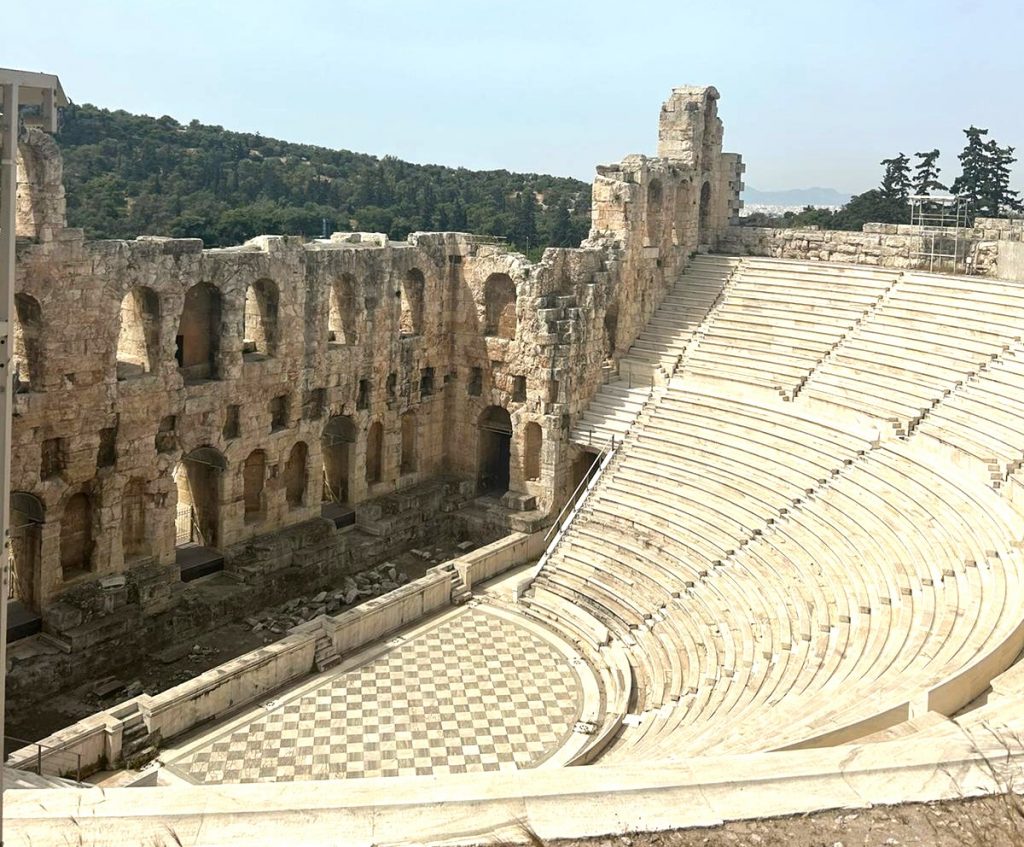
Starting with the Panathenaic Stadium. An ancient stadium dating back to 330 BC, it was renovated in 1896 to host the first Olympic Games of the modern era, with 28,400 spectators cheering the athletes.
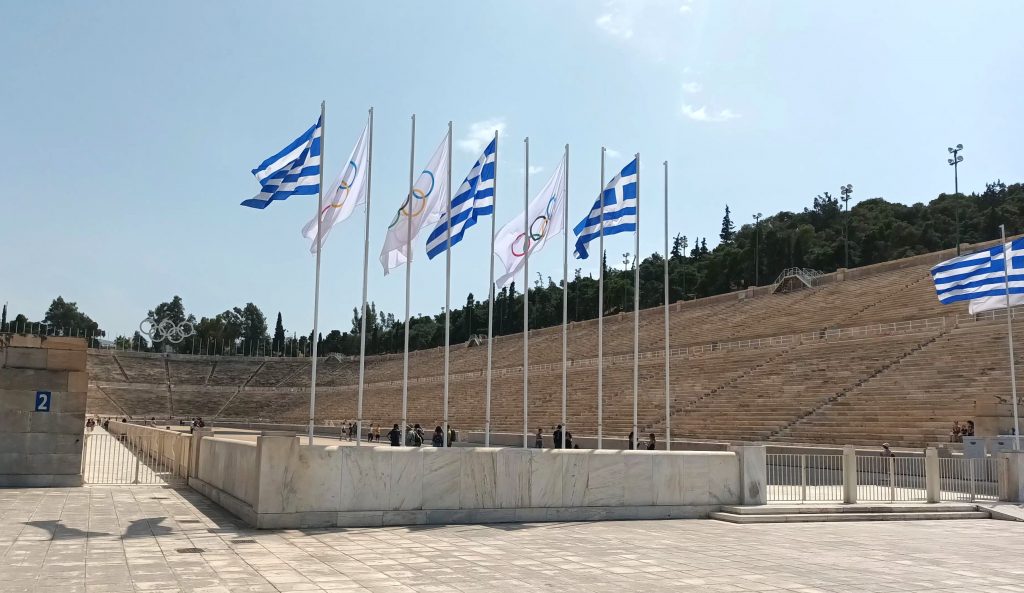
Then, cross over. Either to the right, the beautiful National Gardens, with Roman ruins, a wide variety of botanical plants and a small zoo.
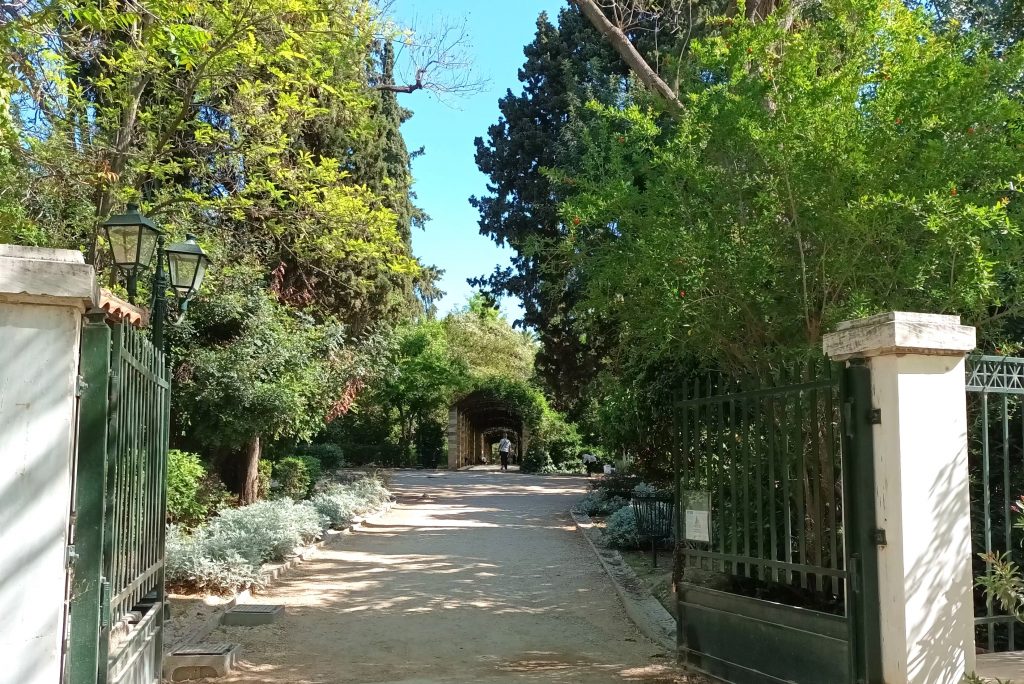
Or to the left, the ruins of the Olympion and the temple of Chronos and Rhea.
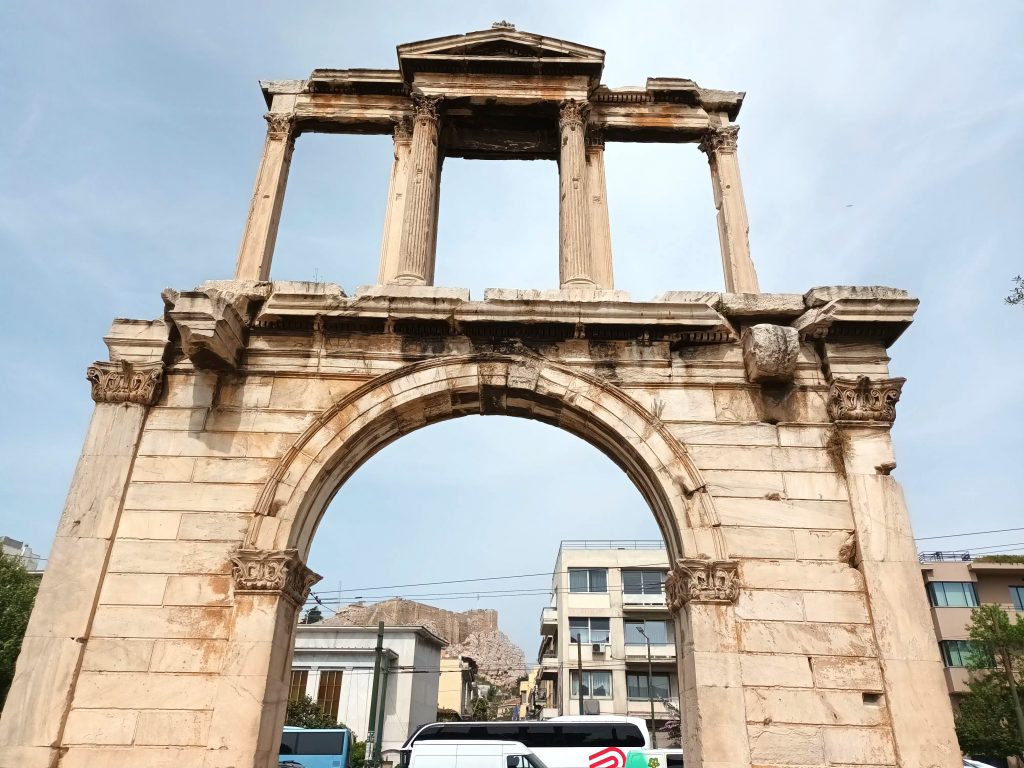
As you move back and forth between modern times and antiquity, after Hadrian’s Arch you come across the statue of the great actress Melina Mercouri, in front of the Onassis Foundation.
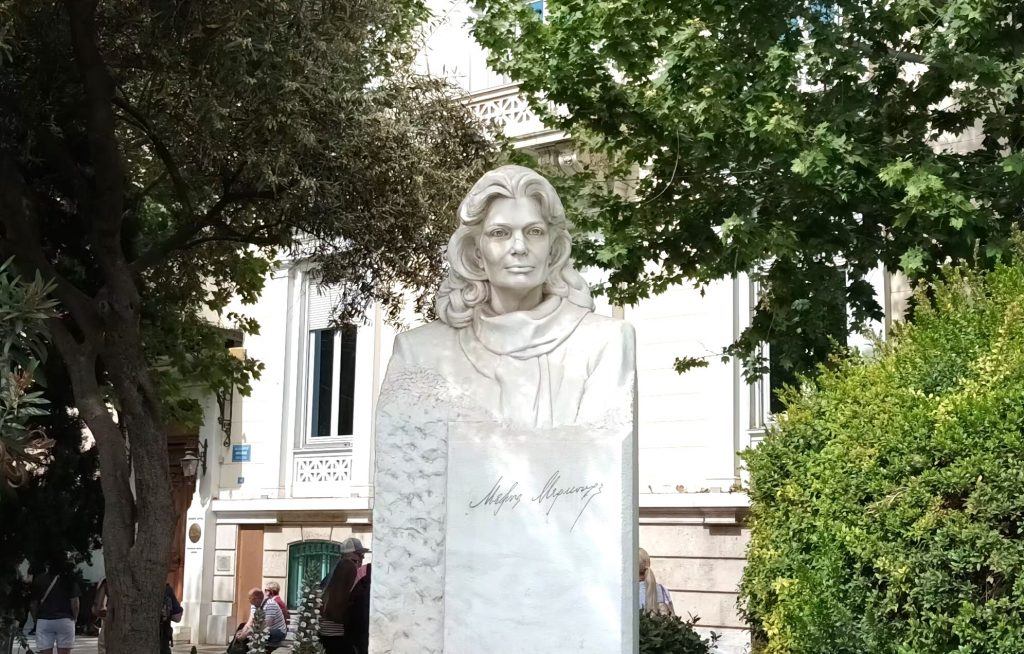
If you turn right, you will come across the Jewish Museum of Greece , which spans several floors and tells the story of Greece’s long Jewish history.

After facing the former royal garden for twenty years, the Jewish Museum of Greece has moved to a beautifully renovated neo-classical house in Plaka. Important collections of documents, costumes and objects of worship from the Romaniote and Sephardic communities are displayed here by theme and by level.
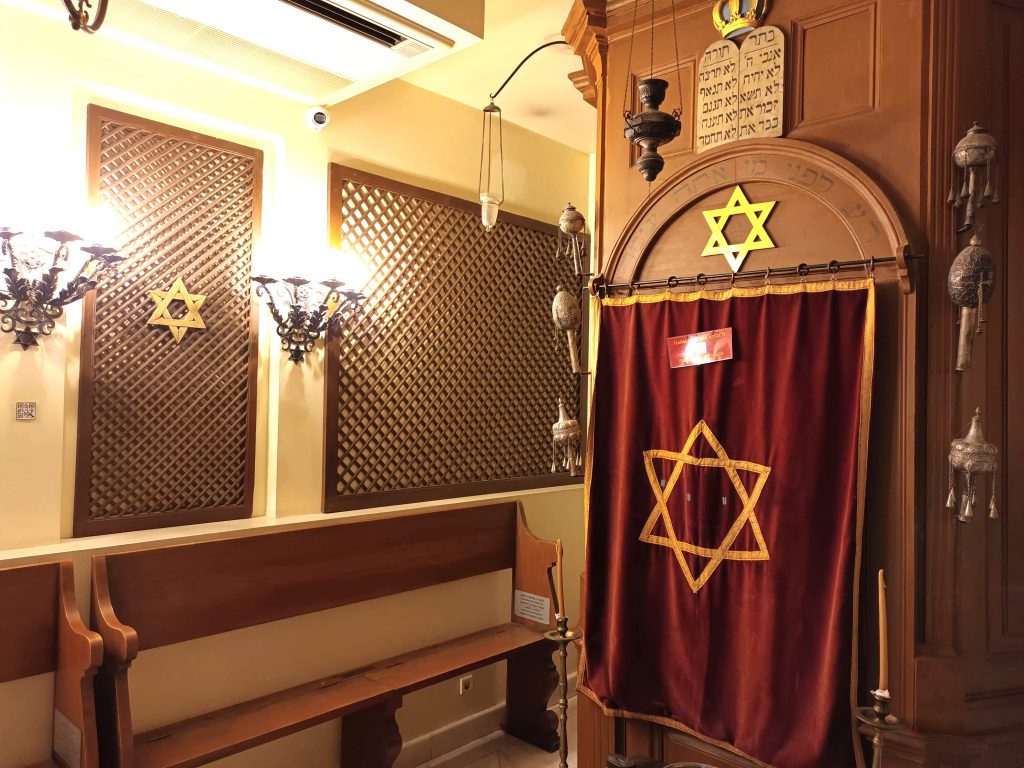
On the ground floor, the interior of the former Romaniote synagogue in Patras has been reconstructed. Under the new name of Alkabetz, it was consecrated by the Chief Rabbi of France, Samuel Sirat, in 1984. The first level of the exhibition features a cycle of Jewish festivals, historical documents on Jewish communities in Greece, traditional costumes and religious and domestic objects.
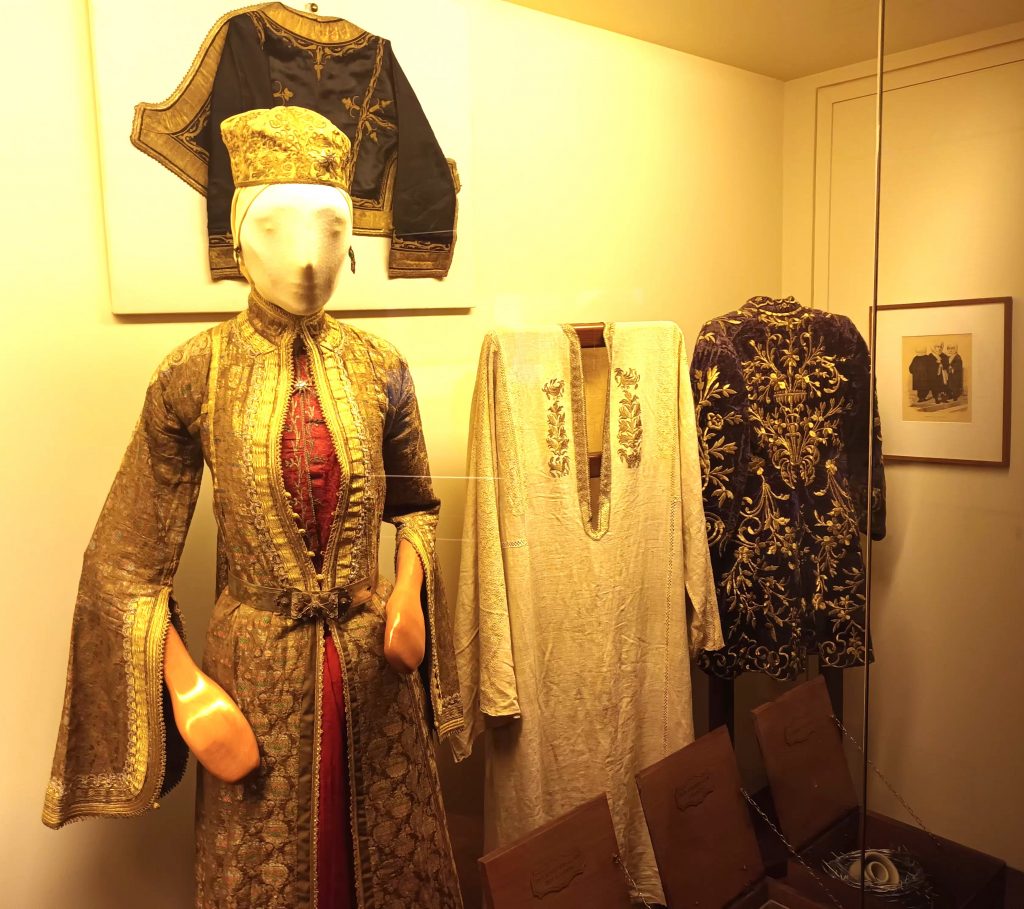
This is followed by the various migrations to the region at different times. But also the participation of Jews in the great events of history, from the country’s independence to the calls to the flag, but also the dark hours of the Shoah, with a tribute to the Righteous of Greece.
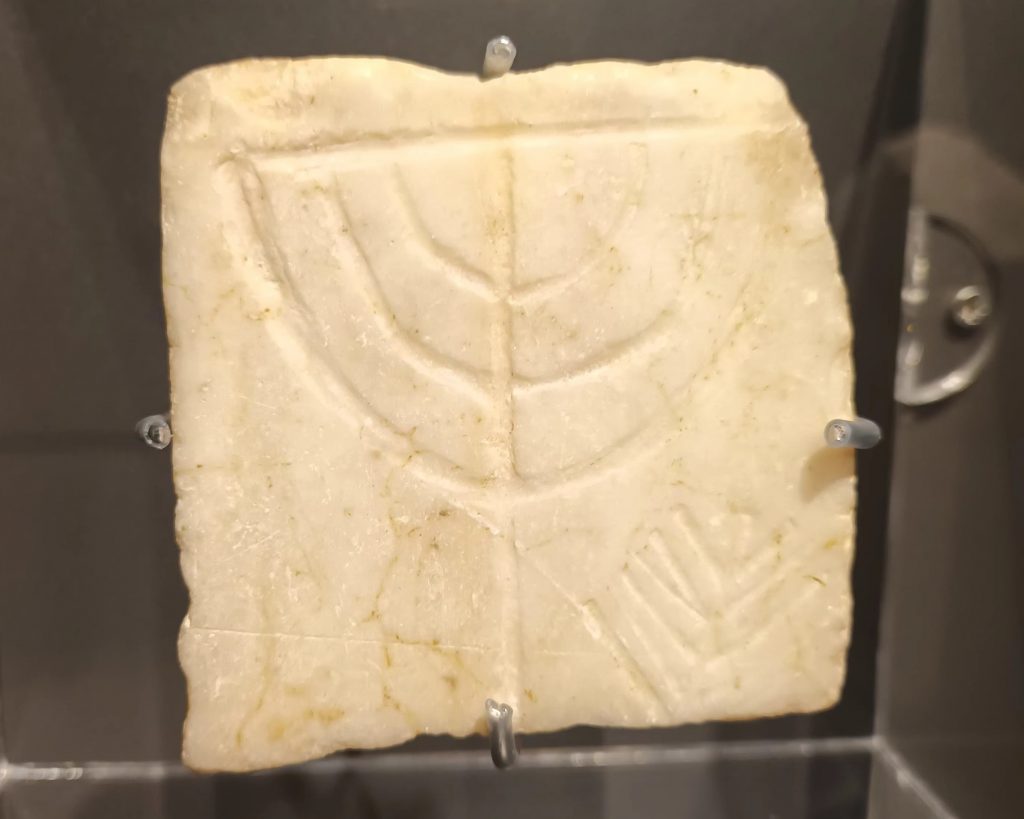
A new exhibition allows visitors to see some very rare and ancient objects.
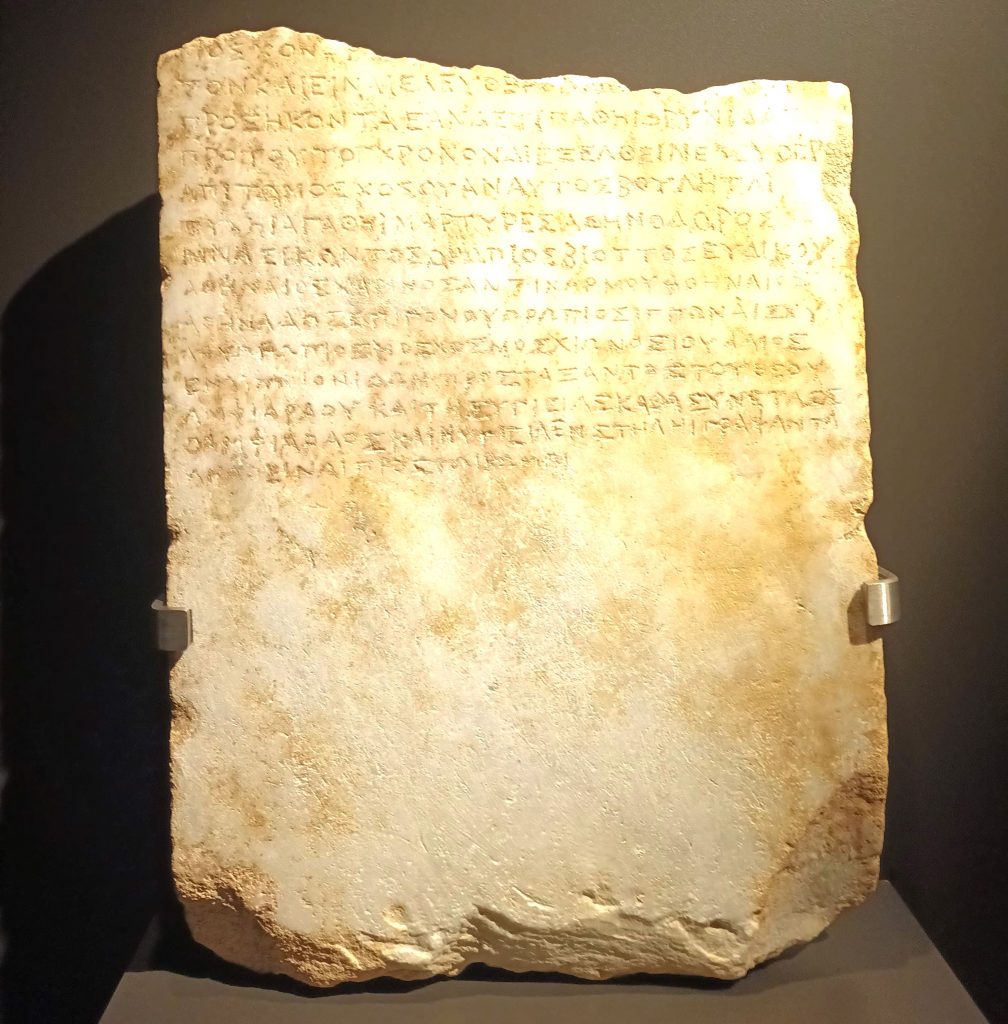
Before heading to the Agora, in the hope of making other major archaeological discoveries, you can visit the Acropolis and the other mythical and mythological sites that surround it. In particular, the Theatre of Dionysus, where this art form was invented in the 6th century BC.
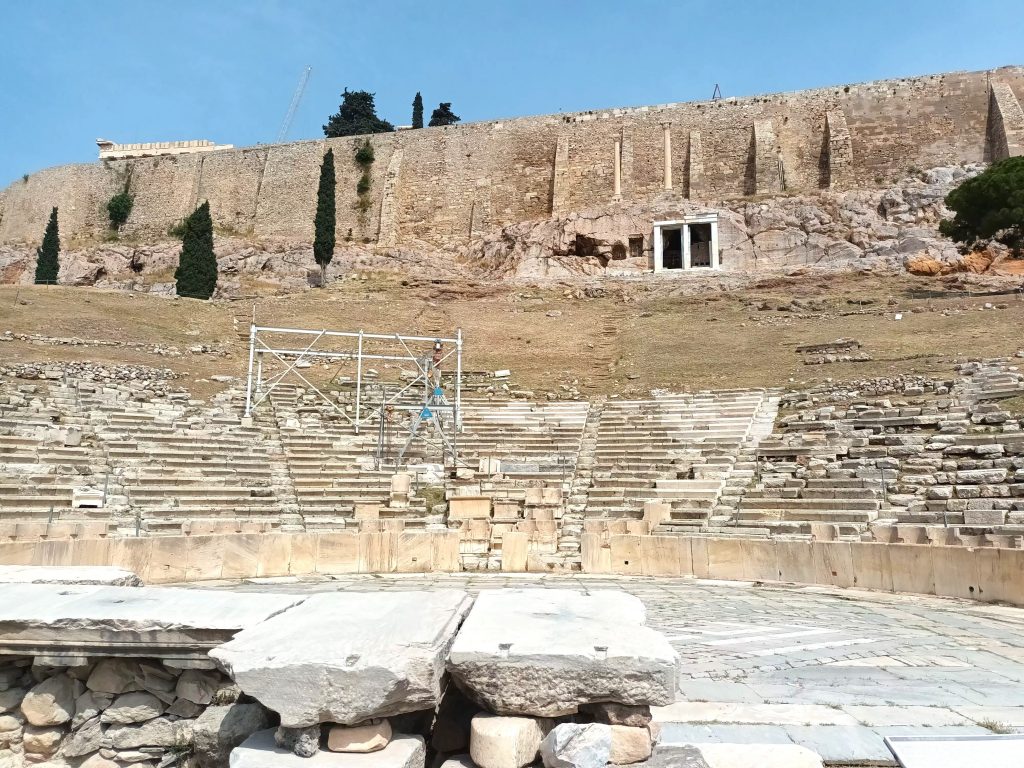
A bit like the Masada climb, you’ll gradually make your way up the most symbolic site in Athens, dedicated to the goddess Athena and featuring the ruins of various temples and theatres.
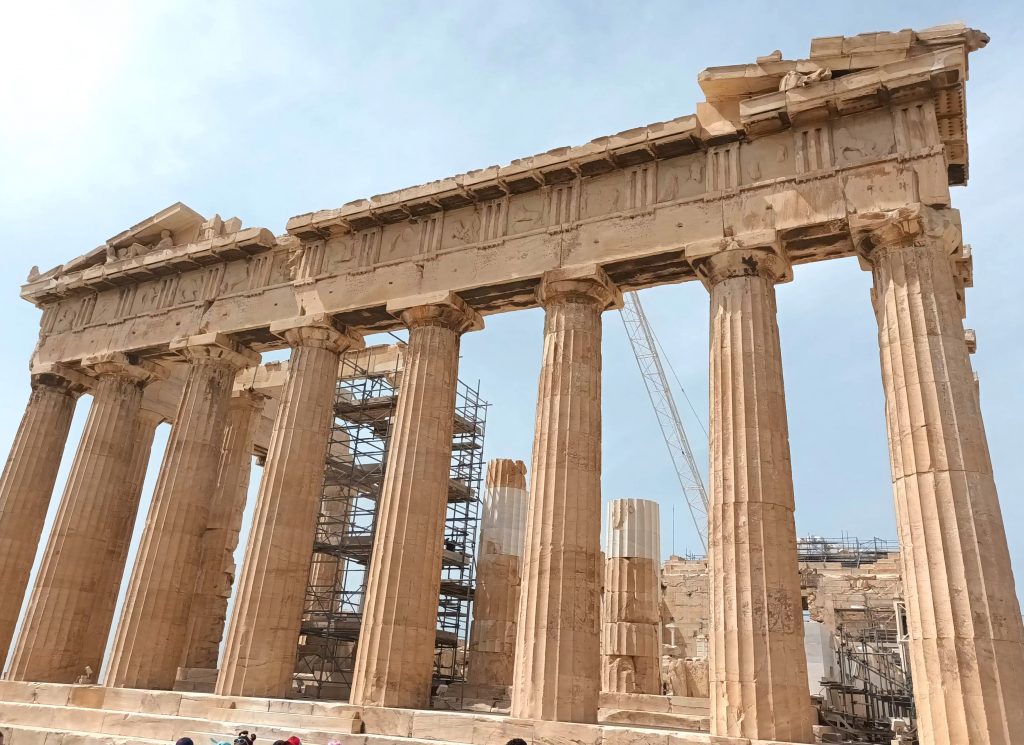
On the way down, the pretty Plaka district welcomes you with its small houses and tourist-friendly restaurants. There are also other ancient ruins, which you can visit with a combined ticket for the Acropolis and the Agora.

The Agora awaits you with an explanatory map of the various sites at the entrance. On the left is an interesting museum of ancient artefacts.

Opposite you is a large park with ruins, meeting places where Socrates probably wandered, just a few hundred metres from where his rival Sophocles triumphed on the stone stages of the ancient theatres. Contemporary statues of Socrates and Confucius side by side allow visitors to imagine what the dialectical richness of such a meeting might have been.
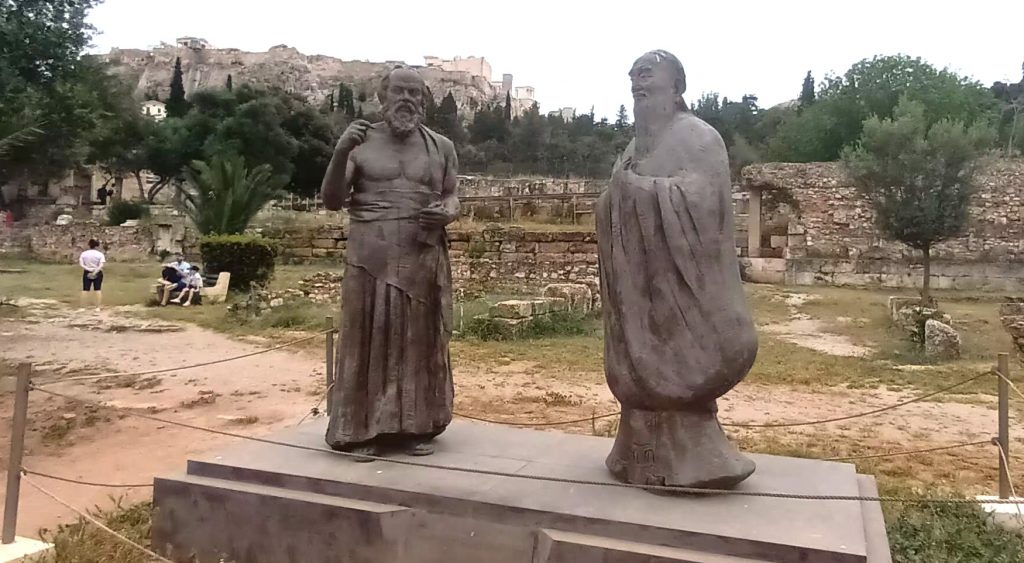
Finally, on your right is the temple of Hephaestheion. Leaving the Agora, 400 metres to the left are the two synagogues of Athens. In an area that has become fashionable, with a wealth of bars, they face each other on Medioni street.
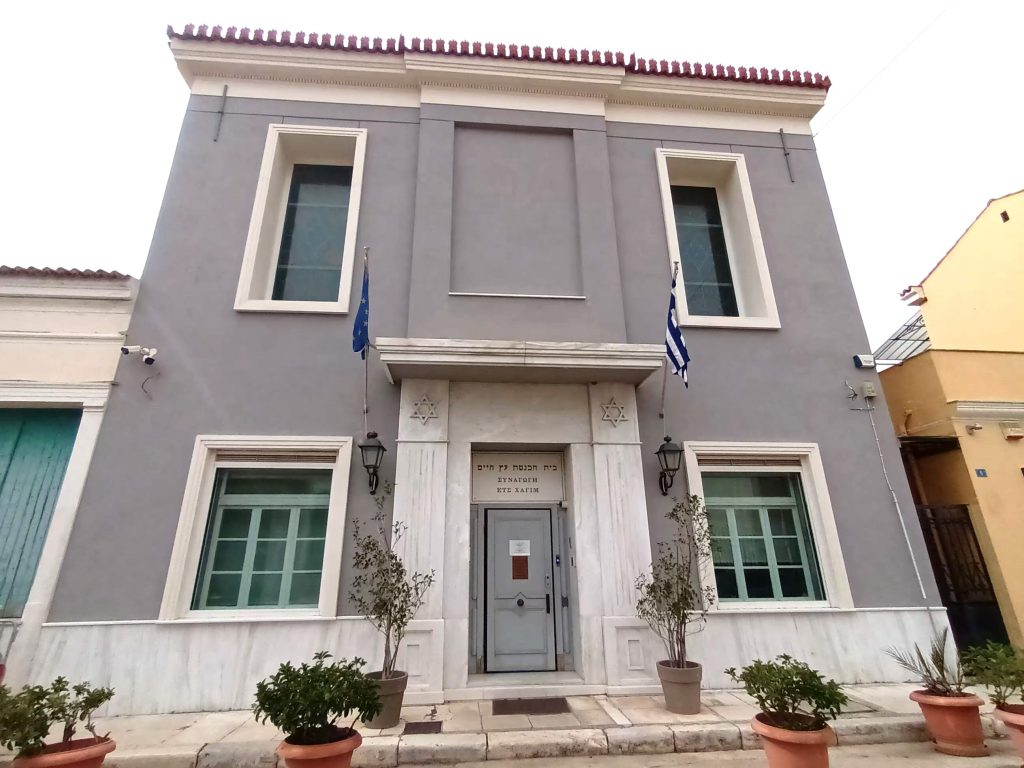
Built at the turn of the century, the older synagogue, Etz Hayim , was also nicknamed ‘Ioanniotiki’ because it was frequented by Jews from Ioannina. It is only open on major holidays.

The other synagogue, Beth Shalom , is a neoclassical marble building built in the 1930s.
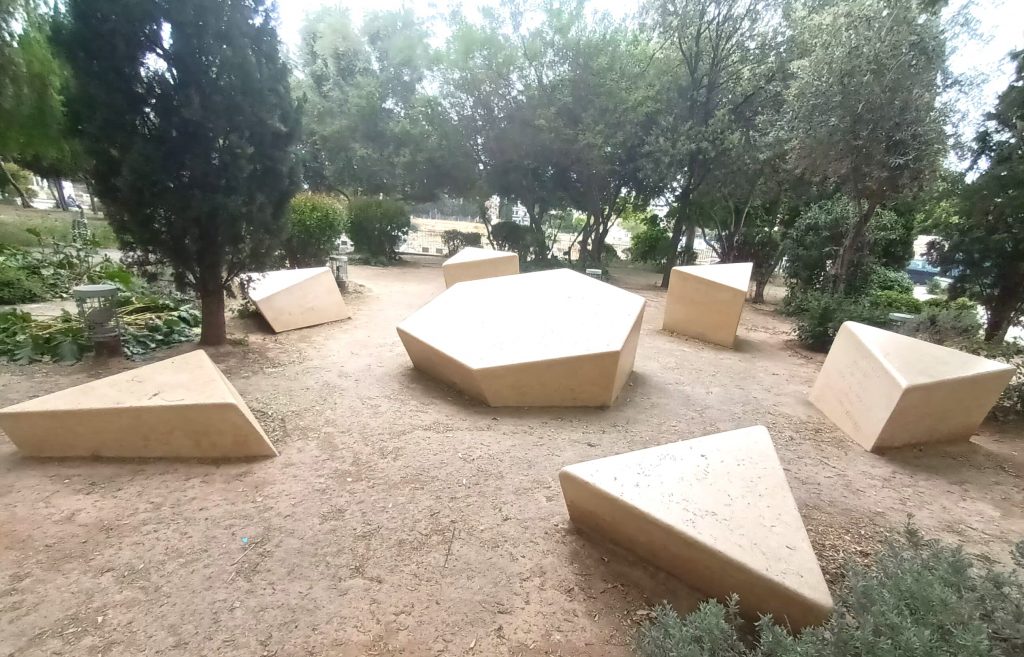
Less than 100 metres away, the Holocaust Memorial in the shape of a broken Magen David was inaugurated in 2010, in memory of the 65,000 Greek Jews deported and murdered. After this long visit, all that’s left for you to do is stroll along the Athenian flea market and shopping streets on your right.
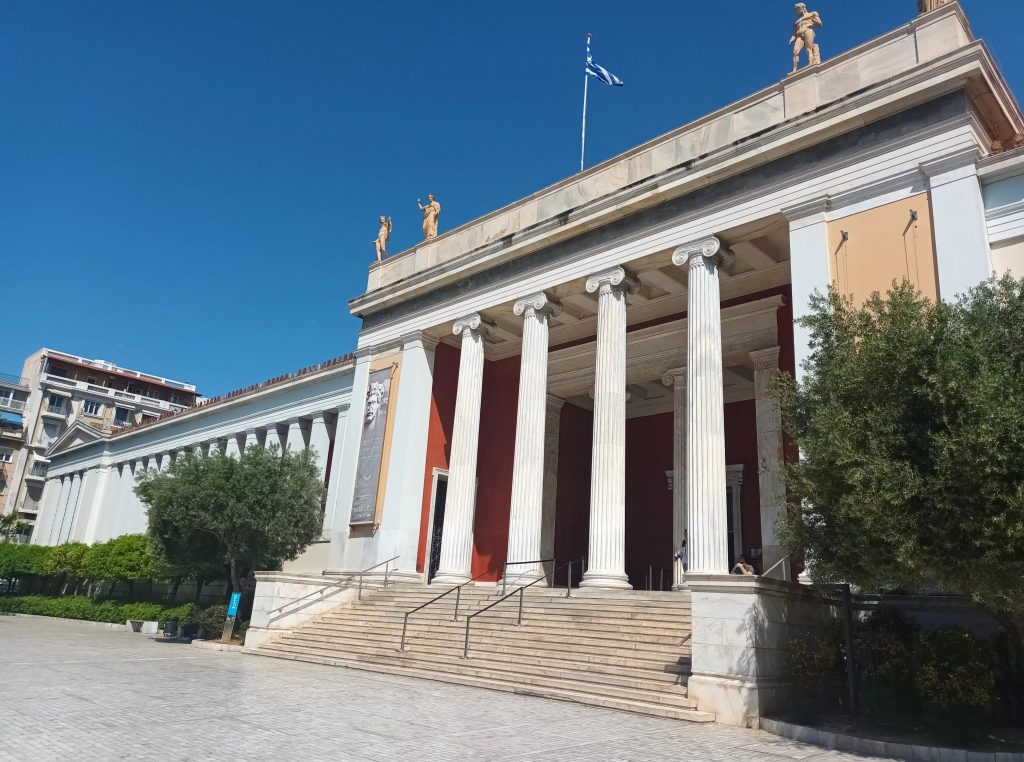
Other important places to visit to learn about the city’s history are the Athens Archaeological Museum and Mount Lycabetta, for those who are not afraid of heights.

The Jewish cemetery in Athens is close to the Panathenaic stadium.
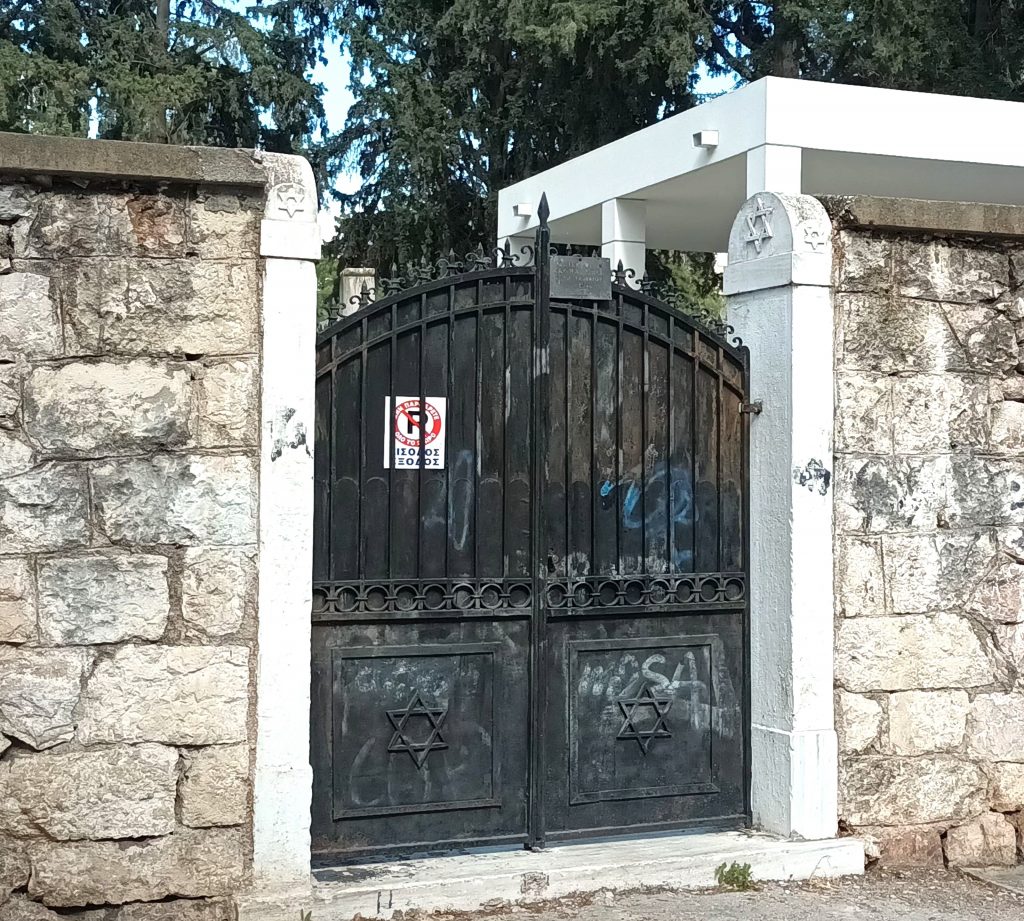
Between the two is the ancient cemetery of Athens, which, like the Père Lachaise cemetery in Paris, is an important place for understanding the historical development of the city and the great people who built it.
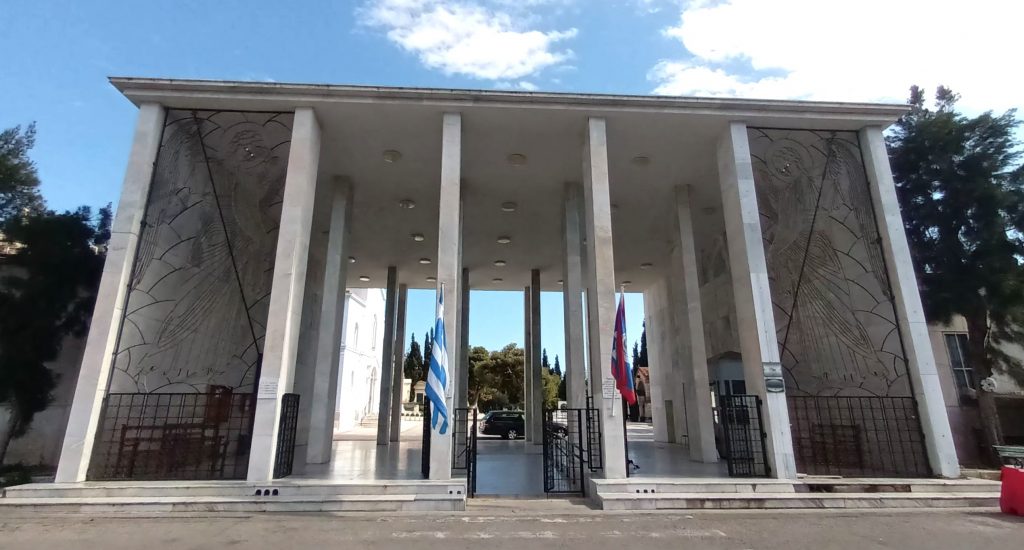
During the months when the weather is fine, which is the majority of the time in the city, don’t hesitate to take a taxi, which is relatively cheap in the city compared with other European cities and compared with the price between Athens airport and the city centre, to go to the beach, which is a 15-minute drive to the west (without traffic jams) south of the mythical port of Piraeus, where you can meet Poseidon.
History of the Jews of Athens
There is evidence of a Jewish presence in Athens, as in Alexandria, during the Hellenistic period. There is no doubt that Paul of Tarsus, as elsewhere in Greece, went to Athenian synagogues to preach. One of them, dating from the 2nd century AD, seems to have been identified on the Agora, at the foot of the Acropolis and its Parthenon.
However, for several centuries, there was no evidence of the presence of Jews in Athens. The ancient city was no more than a modest market town of 4,500 inhabitants when it was proclaimed the capital in 1833.
The Jews returned in the wake of the first Bavarian monarchy. After his enthronement, the monarch Othon confided to a group of Jewish notables that ‘he considered his kingdom blessed and honoured to contain within its bosom the biblical race of Israel’. This laudable declaration of principle did not prevent outbreaks of popular anti-Semitism.
After intervening to stop a traditional anti-Jewish ceremony, the ‘Judas hunt’, a Jewish businessman and British citizen, David Pacifico, had his warehouses ransacked in the middle of the 19th century. England decided to intervene on his behalf, even initiating a blockade of the Greek coast in order to obtain substantial compensation.
Although far from the size of the Jewish community in Thessaloniki, relations between Athenian Jews and the authorities and the population were much better. The German takeover of Athens in 1943 marked the beginning of the terror. The active resistance of the authorities, in particular police chief Anghelos Evert and Orthodox archbishop Mgr Damaskinos, was exemplary.
While there were still almost 5,000 Athenian Jews after the Shoah, there are only 3,000 today, representing half of all Greek Jews.
Interview with the leaders of the Jewish Community of Athens
Jguideeurope: How is the Jewish community organized and which changes in its cultural heritage (new places, renovations…) have occured?
JCA: The Jewish Community of Athens, the largest Jewish community in Greece, is a vibrant and dynamic community consisting of over 3.500 members. Its main purposes are philanthropic, cultural, and educational. The Jewish Community of Athens is managed by a 13-member Community Council which is elected by an elected 50-member General Assembly; both groups preside for a three-year term. There are many special Committees, composed of volunteers (over 150), who help significantly in the management of the Community through offering their valuable time and services. All the above is supported by a small professional team.
The Community operates two Synagogues, a fully compatible Mikveh (ritual bath), the Community Center — which hosts a variety of events — and the Jewish Cemetery. An important part of our Community is the Lauder Athens Jewish Community School which consists of a Preschool and Primary Education program. The school’s attendance is more than 100 children per year. The existence of a remarkable social solidarity system for the elderly, the sick, the needy or those in general need, makes our Community very proud.
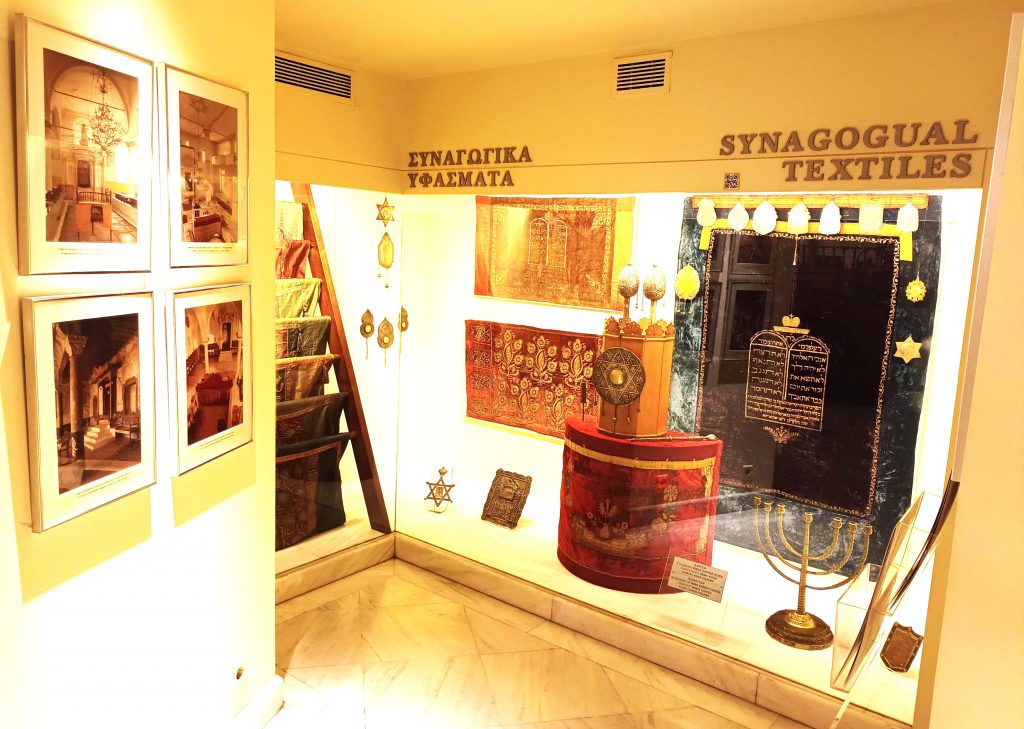
Within the past years, both of our Synagogues have been renovated. The Beth Shalom is a Sephardic synagogue, built in 1935 and renovated in the 1970s’. It is located right across the street from the Ets Hayim synagogue and can accommodate 500 people. It hosts all bar-mitzvahs and bat-mitzvahs, weddings, memorial services and visits. The Ets Hayim is a Romaniote synagogue, built in 1904 and renovated in 2006. It can accommodate 400 people and is mostly used during the High Holidays, when Beth Shalom synagogue attendance is high. On the ground floor are the Administration offices of the JCA.
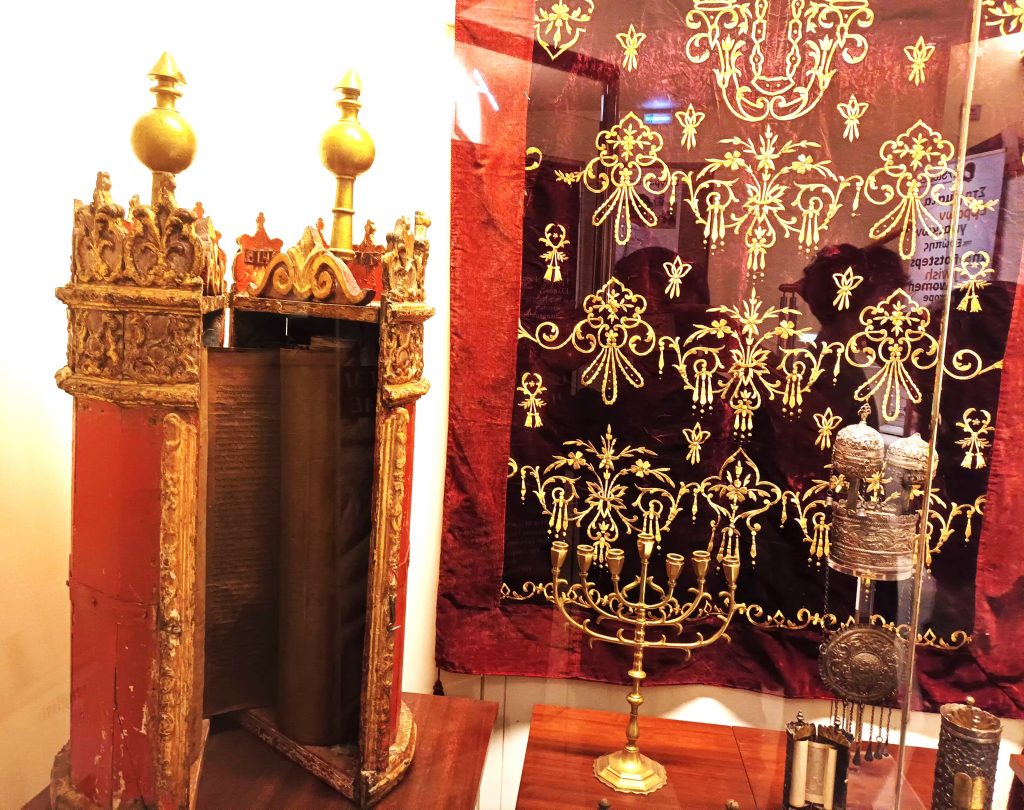
Located next to the Synagogues is the Holocaust Memorial. It was inaugurated in 2010 to honor the memory of the 59,000 Greek Jews killed by the Nazis during WWII. The monument depicts a shattered Yellow Star of David, symbolizing the heavy loss to the Jews in Greece. The separated triangles or points of the star are scattered over small irregular distances pointing in the direction of the corresponding Jewish communities carved by name onto the marble. The center of the star is kept whole to symbolize that the core remained to continue the historical course of Greek Judaism.
In the courtyard of Beth Shalom Synagogue is the Greek Righteous Among the Nations Memorial inaugurated in 2016. It pays tribute to the 357 heroes of the German Occupation and their Christian compatriots, who saved Jews by risking their life and the lives of their families.

Who are the contemporary Jewish culture figures in Athens and are there regular events organized to promote the Jewish heritage?
Among the members of the Jewish Community of Athens there are many contemporary Jewish culture figures such as writers, singers, musicians, actors and visual artists. Please find below some of them who contribute by their field of interest to the Jewish life in Athens and in Greece through their art.
Mr. Aris Emmanouil is involved in many communal activities, both as a professional and as a volunteer, who is also the author of an album for the Lauder Athens Jewish Community School on the completion of 54 years of its operation and a Glossary of Hebrew Terms and Names that is given to our members. The book is also distributed to all the girls and boys that have been celebrating their Bar and Bat Mitzvahs. The former Rabbi of Athens, Isaac Mizan has published an extensive study of Shulchan Arouch. His book was distributed free of charge to all members of our Community and granted the rights to the book to the Jewish Museum of Greece. Other distinguished members of our Community, Mrs. Kelly Matathia Covo is a children’s book writer and has been awarded in the field of graphic design, where one of her books has an indirect hint for the Holocaust and Mr. Iosif Ventura, a poet and the only survivor of the Jews of the Island of Crete who has published – among others – the book TANAIS including poets, which refers to the drama of the extermination of the Jews living in Greece by the German occupiers but also more generally to the historical event of the extermination of the Jews of Europe in the Nazi concentration camps. Following, Mrs. Artemis Alcalay is an artist of modern art and has exhibited her art about Holocaust in the year 2018 on the International Holocaust Remembrance Day.
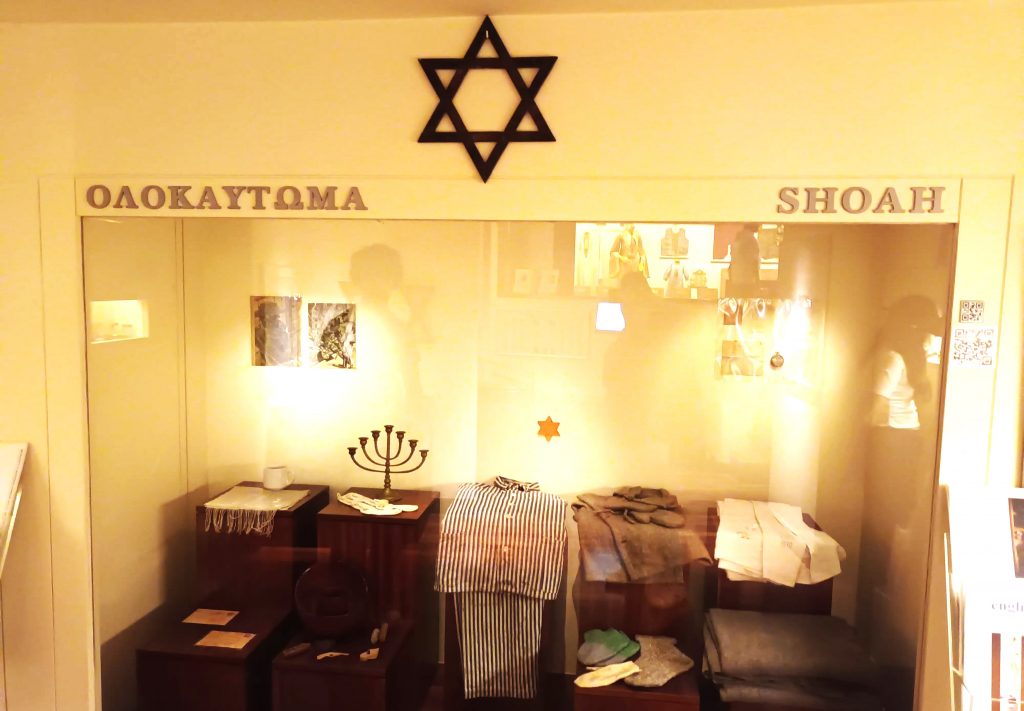
For a more realistic aspect on her art, she talked to many Holocaust survivors. Mrs. Alcalay has also launched a bilingual (Greek and English) website, dedicated to the “Greek Jews Holocaust Survivors”, which includes material from her interviews with Holocaust survivors and publications, exhibitions and project presentations. Additionally, Mrs. Odette Varon-Vassard, is a historian and a professor and has given multiple lectures on the field of Holocaust. Mr. Michel Fais, a writer and a screenwriter, with books that have been translated to languages such as in English,
Spanish and French and short stories published abroad. The actor and writer Mr. Alberto Eskenazy and also Mr. Alberto Fais, who is an actor, and presented the ceremony of the Memorial Holocaust Remembrance Day that the Community along with the Municipality has organized this year and volunteers to any event his services are relevant. Last but not least, we would like to mention the Kapon Publications and the Gavriilidis Publications, whose variety of published books include the history of Greek Jews, especially during Holocaust and World War II, hence contributing to the conservation and the transmission of the memory.

Also, professionals from JCA and members, such as the Director of JCA, the Director of JCC and others, who are musicians and singers, always contribute with their knowledges on music to various events by promoting the Sephardic and the Romaniote routs of Jews in Greece. We are happy that our Community is surrounded by many artists who are always by our side to offer their services, thus enriching the cultural side of the Jewish life in Athens.